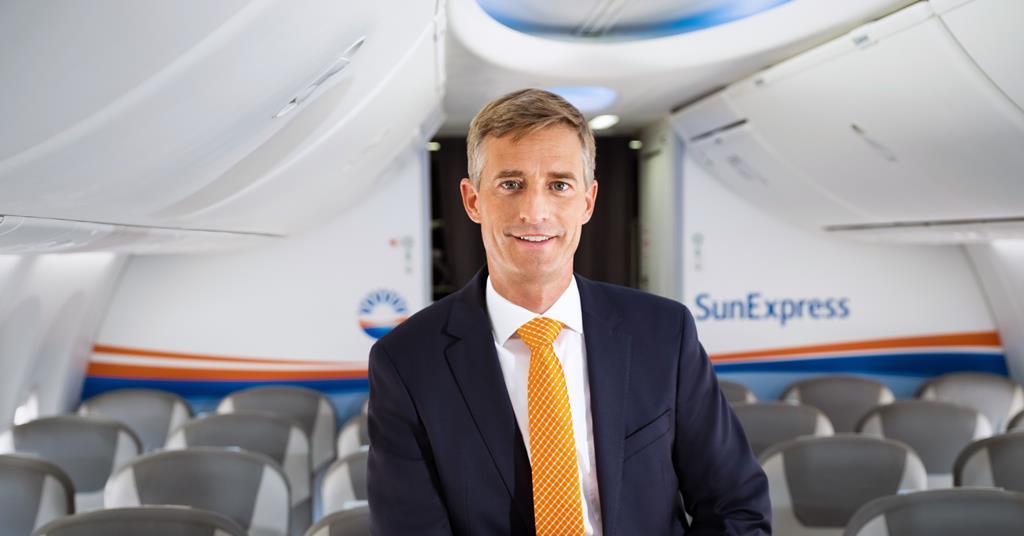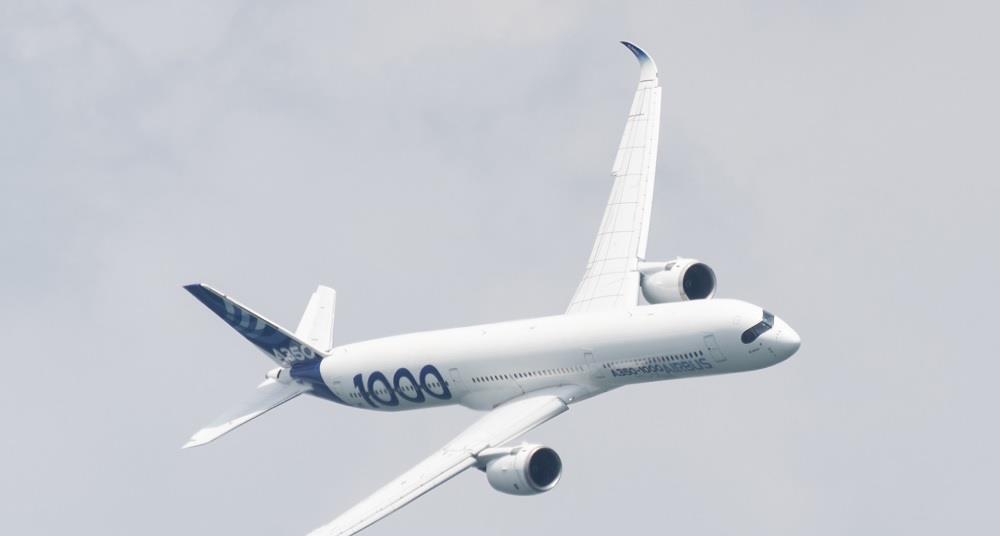SAS long-haul expected to flourish with transatlantic venture integration
Company
Legal Links
Contact
- +44 7947 753363
- contact@skylineairporttransfers.co.uk
- 6 Walsall Street Bilston Wolverhampton WV14 0AT
© Skyline Airport Transfers. Created by![]() Beaphoenix WebDesign ltd
Beaphoenix WebDesign ltd
Popular Locations:
Birmingham: Aston, Bournville, Edgbaston, Erdington, Great Barr, Hall Green, Handsworth, Harborne, Northfield, Quinton, Soho, Sutton Coldfield, Amblecote, Brierley Hill, Coseley, Cradley, Gornal, Halesowen, Kingswinford, Lye, Netherton, Sedgley, Stourbridge, Quarry Bank, Bearwood, Blackheath, Cradley Heath, Great Bridge, Old Hill, Rowley Regis, Smethwick, Tipton, Tividale, Wednesbury, West Bromwich, Balsall Common, Bickenhill, Castle Bromwich, Chelmsley Wood, Dorridge, Elmdon, Hampton in Arden, Kingshurst, Knowle, Marston Green, Meriden, Monkspath, Hockley Heath, Shirley, Aldridge, Birchills, Bloxwich, Brownhills, Darlaston, Leamore, Palfrey, Pelsall, Pheasey, Shelfield, Streetly, Willenhall, Bilston, Blakenhall, Bushbury, Compton, Ettingshall, Heath Town, Oxley, Penn, Tettenhall, Wednesfield, Burntwood, Lichfield, Cannock, Rugeley, KIDDERMINSTER, Brierly Hill,
STOURPORT-ON-SEVERN
Coventry: Allesley, Binley, Keresley, Stoke, Tile Hill
Leicester: Abbey Rise, Ashton Green, Aylestone, Beaumont Leys, Bede Island, Belgrave, Blackfriars, Braunstone, Braunstone Frith, Bradgate Heights, Clarendon Park, Crown Hills, Dane Hills, Evington, Evington Valley, Eyres Monsell, Frog Island, Goodwood, Hamilton, Highfields, Horston Hill, Humberstone, Humberstone Garden, Kirby Frith, Knighton, Mowmacre Hill, Netherhall, Newfoundpool, New Parks, North Evington, Northfields, Rowlatts Hill, Rowley Fields, Rushey Mead, Saffron, Southfields, South Knighton, Spinney Hills, Stocking Farm, Stoneygate, St. Matthew’s, St. Mark’s, St. Peters, Thurnby Lodge, West End, West Knighton, Western Park, Woodgate
Derby: Matlock, Ripley, Ashbourne, ILKESTON, SWADLINCOTE , BURTON-ON-TRENT, BAKEWELL,
ALFRETON, BELPER, HEANOR
Telford: Market Drayton, Newport, Shifnal, Broseley, Much Wenlock
Stoke: Stoke-on-Trent, Newcastle, Leek, Uttoxeter, Stone, Stafford
Worcester: Worcester, Droitwich, Pershore, Broadway, Evesham, Malvern, Tenbury Wells
Gloucester: Gloucester, Cheltenham, Stroud, Cirencester, Tewkesbury, Badminton, Berkeley, Blakeney, Chipping Campden, Cinderford, Coleford, Drybrook, Dursley, Dymock, Fairford, Lechlade, Longhope, LydbrookLydney, Mitcheldean, Moreton-in-Marsh, Newent, Newnham, Ruardean, Stonehouse, Tetbury, Westbury-on-Severn, Wotton-under-Edge.
Nottingham: Nottingham, Sutton-in-Ashfield, Mansfield, Newark, Southwell, Grantham, Sleaford
Leicester: Leicester, Hinckley, Loughborough, Melton Mowbray, Oakham Market, Harborough, Lutterworth, Wigston, Ashby-de-la-Zouch, Ibstock, Markfield
Oxford: Oxford, Kidlington, Chipping Norton, Thame, Wallingford, Didcot, Wantage, Abingdon, Banbury, Carterton, Woodstock, Bicester, Witney, Chinnor, Watlington
Chester: Chester, Deeside, Bagillt, Buckley, Holywell, Birkenhead, Preston, Wallasey, Wirral, Neston, Ellesmere Port, Prenton
Airports we serve:
BHX: Birmingham Airport
EMA: East Midlands Airport
LHR: London Heathrow Airport
MAN: Manchester Airport
LGW: London Gatwick Airport
LTN: London Luton Airport
SOU: Southampton Airport
BRS: Bristol Airport
LPL: Liverpool John Lennon Airport
LCY: London City Airport
STN: London Stansted Airport



Air France-KLM Group believes Scandinavian carrier SAS will be able to expand its long-haul network by capitalising on the group’s three-hub strategy and transatlantic joint venture.
Group chief Ben Smith, speaking during a 4 July briefing, said the long-haul aspect of the tie-up between the two sides was “very interesting”.
He points out that Air France-KLM has over 120 long-haul aircraft at Paris Charles de Gaulle and another 65 at Amsterdam, but SAS only has a dozen – a mix of Airbus A350s and A330s.
“For the size of the market and the yield coming out of that market, 12 long-haul airplanes is quite small,” says Smith.
“If you look at the market sizes – in particular the Netherlands, versus Sweden, Denmark and, to a little bit of an extent, Norway – you can see that a disproportionate amount of traffic is being flown by other airlines.”
He adds that the geographical location of Copenhagen is “very attractive” for connecting passengers between Asia and North America.
Smith also points out that the Danish government’s policy towards aviation is “quite favourable”, with no restrictions on using the main runway.
The government also agreed to take over Copenhagen airport’s operator towards the end of last year.
“The strategy of the airport and the capital expenditure plan are aligned with any hub airline that wants to base itself there,” says Smith, adding that the airport will be “well designed” for connections.
Although SAS was a member of Star Alliance, it was excluded from partner Lufthansa’s transatlantic venture with United Airlines and Air Canada.
Smith says SAS has “not benefited” from US point-of-sales strength and, as a result, has been at a “big disadvantage” in the “biggest, most profitable market”.
But it stands to gain from Air France-KLM’s venture with Delta Air Lines and Virgin Atlantic.
“We’re not having to go and create new traffic,” says Smith. “There’s opportunities to regain share that SAS has lost over the last few years because it didn’t have the necessary tools in terms of sales strength outside of Copenhagen or outside of Scandinavia.”
Air France-KLM chief financial officer Steven Zaat says the company will apply for the enlarged joint venture “when we have sight on the merger control”.
He stresses that the venture partners are “very well prepared”, with a “vision” for SAS’s integration, but the timeline depends largely on the US Department of Transportation.
“That’s difficult to control,” he says, adding that the process with the current venture took around a year-and-a-half. “We have it all in place. We’ll go as fast as we can but we have the limitation…I can’t give any guidance on timing of the DOT.”
Source link
Share This:
admin
Plan the perfect NYC Memorial Day weekend
Pack only what you need and avoid overpacking to streamline the check-in and security screening…
LA’s worst traffic areas and how to avoid them
Consider using alternative routes, such as Sepulveda Boulevard, which runs parallel to the 405 in…
SunExpress chief Kownatzki to lead Eurowings as Bischof steps down
SunExpress chief executive Max Kownatzki will leave to take up the same position at Eurowings,…
Unidentified A350-1000 deal in November takes Airbus net orders to 700
Orders for eight Airbus A350-1000s from an undisclosed customer during November helped push the airframer’s…
Leonardo lands new support contract for Italian air force C-27J Spartan fleet
Leonardo has been awarded a new multi-year contract to provide continued in-service support for Italy’s…
RAF hails Boeing P-8A Poseidon maritime patrol capability after completing NATO deployment to Iceland
The UK Royal Air Force (RAF) has hailed the performance of its Boeing P-8A maritime…
USA approves potential $1bn air-launched weapons sales to Denmark, Italy and South Korea
The US government has cleared possible sales of air-launched munitions to Denmark, Italy and South…
Turkey’s Pegasus Airlines emerges as buyer of Czech budget carrier Smartwings
Turkish budget carrier Pegasus Airlines is set to acquire Czech Airlines and its low-cost operator…
Babcock to fly L-39 trainers in support of France’s DGA and EPNER test pilot school
Babcock International has secured its first contract to operate a batch of Aero Vodochody L-39…
Safran tasks new UK centre with electric and composite research for future single-aisle
French aerospace firm Safran is internationalising its technology research operation by setting up a centre…
Leonardo Helicopters’ Proteus technology demonstrator poised to make first flight for UK Royal Navy
Leonardo Helicopters has edged a step closer to flying its AW09-based Proteus technology demonstrator for…
Brazil test fires MBDA Meteor missiles from Gripen E fighter in major milestone
Brazil has notched a major milestone in its campaign to phase in Saab’s latest Gripen…